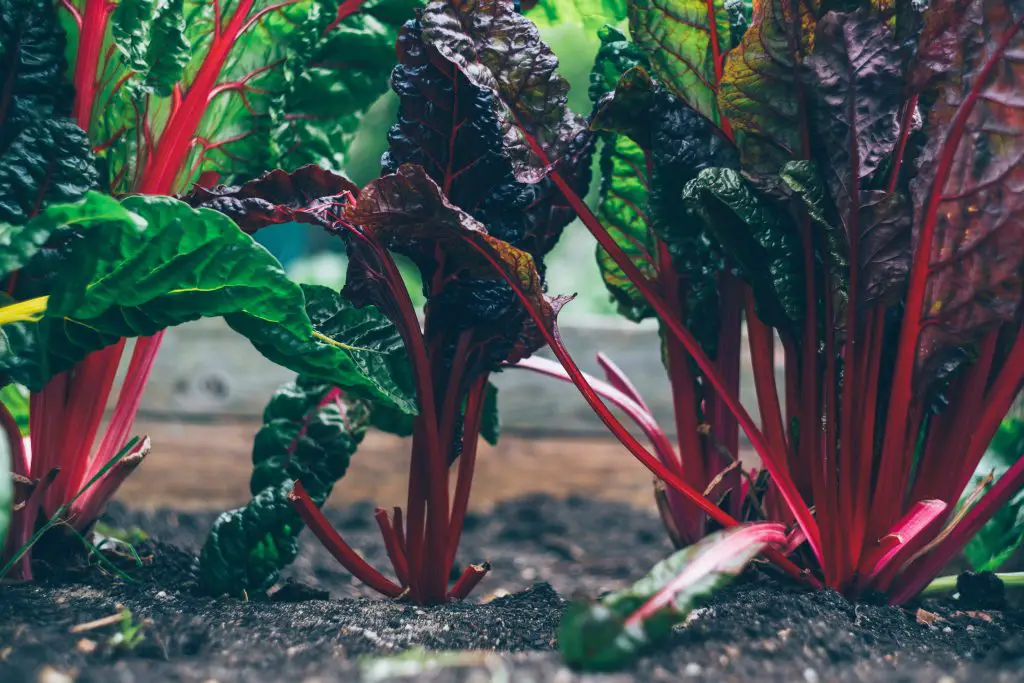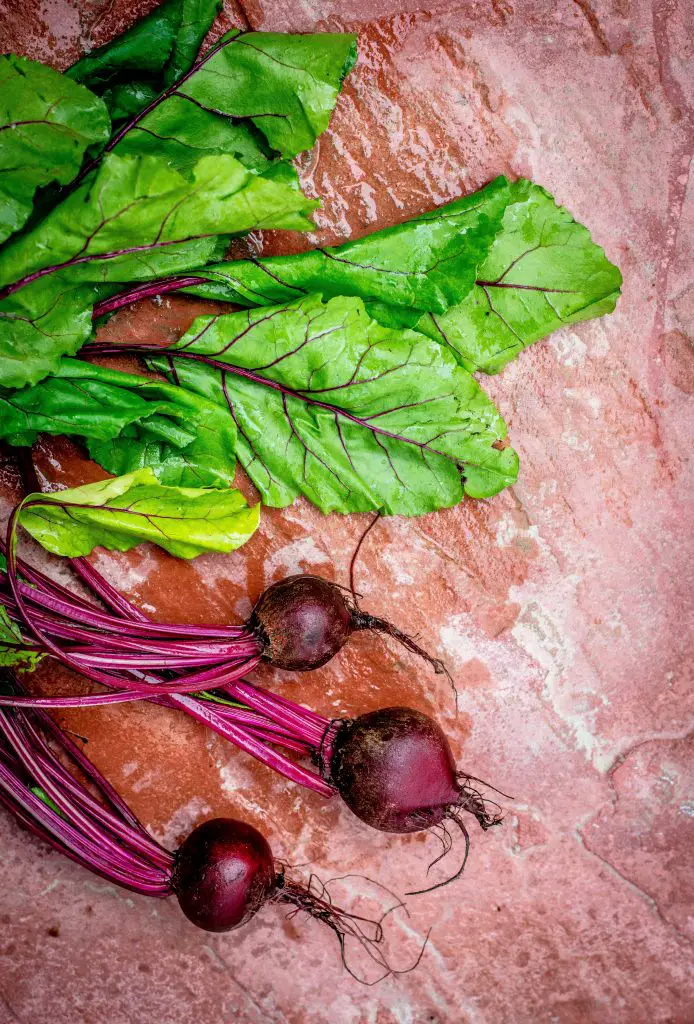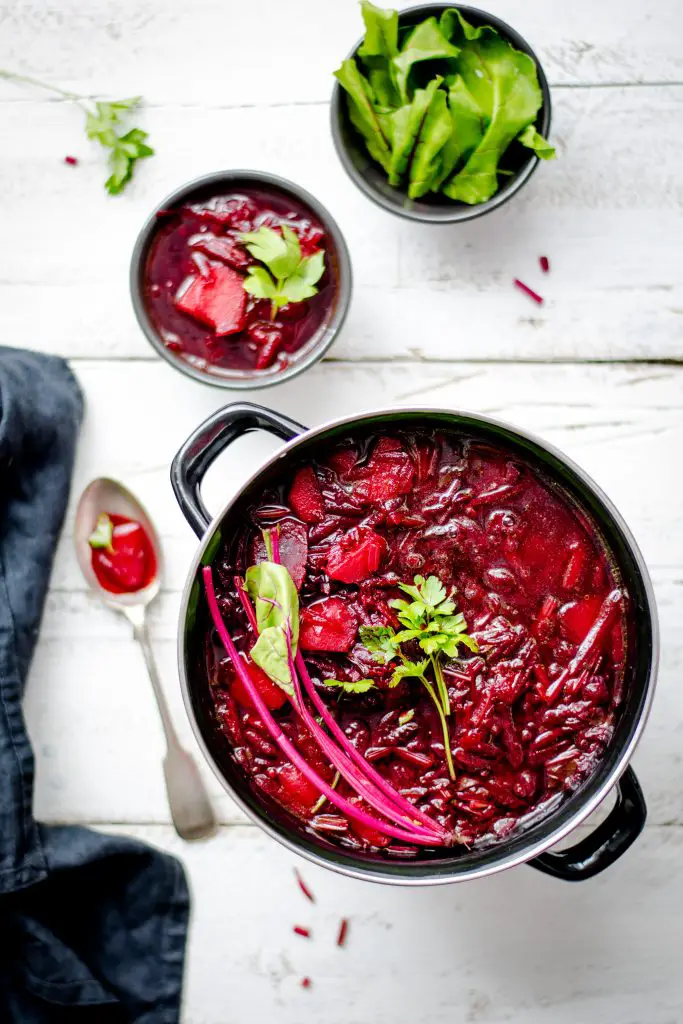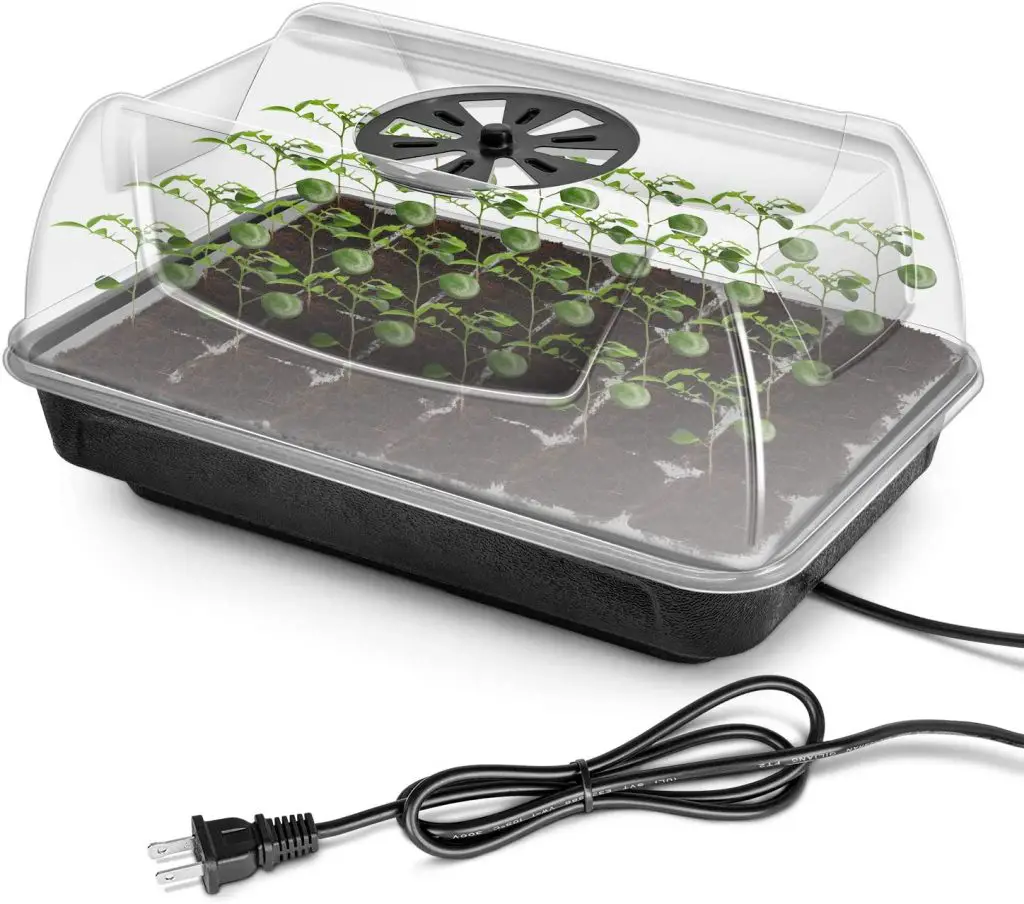How Long Does It Take For Beet Seeds To Germinate? How Does Temperature Effect It? Beets are a versatile and prolific vegetable that is grown for both its roots and leafy greens. Beet green can be grown year-round in most climates producing large volumes of glossy leaves. However, if you are considering growing this type of plant one of the most common questions that is asked is how long does it take for beet seeds to germinate?
Beet seeds take around 5 days to germinate between the temperatures of 68 to 77°F (20 to 25°C) according to a study published by the University of California. However, if the temperature falls to 59°F (15°C) or lower the amount of time taken to germinate increases to at least 2 weeks and will extend out to 6 weeks when the temperatures reach below 41°F (5C°). See the table below for details.
| Days To Germinate | Temperature (°F) | Temperature (°C) |
| Not Tested | 32 | 0 |
| 42.0 | 41 | 5 |
| 16.7 | 50 | 10 |
| 9.7 | 59 | 15 |
| 6.2 | 68 | 20 |
| 5.0 | 77 | 25 |
| 4.6 | 86 | 30 |
| 4.7 | 95 | 35 |
| Not Tested | 104 | 40 |
The beet plants themselves are known to be extremely hardy and can tolerate temperatures as low as 15°F (-9°C), which makes them excellent winter crops. However, despite being extremely hardy they still require a reasonable temperature in which to germinate and grow. It is therefore important to grow them throughout the spring, summer, and autumn in order to allow them to be harvested through the winter.
As a result of this most people tend to plant beet seeds around 4 to 6 weeks prior to the last frost to ensure that they get an early harvest in late spring and if you are growing beats for the roots it is also common to have a second sowing occurring in late summer to allow a harvest in the winter.

How To Grow Beet Plants
The plants are generally very easy to grow and it is one of the plants that I would recommend that you grow first if you are a beginner gardener and just want to produce some of your own crops.
Beet seeds can be sown directly into the garden or grown in a seed tray. However, I generally recommend growing in them is a seed tray, particularly in the early part of the season when it is relatively cool and germination will take an extended period of time.
If you are doing a summer sowing I would also recommend growing the plants in a seed tray because there is often little space in the garden at that time of year so getting them going in a seed tray while waiting for space to become available is advisable.
To start the plants off in the seed tray start by filling it with good quality seed raising mix and firm the seed raising mix down into the cells of the seed trays to form solid plugs. This will make it easier to transplant the seedlings later on as they will come out in one solid piece.

In terms of the number of seeds to sow per cell, it is generally recommended if you were growing beet greens to sow 2 to 3 seeds however for the roots we recommend sowing 5 to 6 seeds per cell.
Ln the case of beet greens the reason we recommend 2 to 3 seeds is to ensure that you have at least one seedling coming up in every single cell that you plant in. However, in the case of beetroots, we recommend that you sow a higher number to create a clump of roots which is a technique known as multi-sowing.
The multi-sowing technique has several advantages over planting the seedlings individually which is that you can fit a lot more plants into a seed tray. It is much faster to transplant seedlings into the garden and it also helps with the longer-term maintenance of the plants when they are in the garden.
The reason for this is each time you make a planting hole 4 to 5 seedlings are planted which generally makes it much faster. Another advantage is the level of maintenance required is reduced because the clumps of seedlings are generally spaced out further apart which allows the use of a dutch hoe to remove weeds which makes it faster to weed the beds.
It is important to note that if you have more than 4 to 5 seedlings in a clump you will end up with relatively small roots so you cannot exceed that amount unless you are aiming to create baby beets.
In terms of the growing conditions for the seeds, it is important to keep them warm by either bringing the tray inside or alternatively using a heated propagation tray. Heated propagation trays are advantageous in cooler climates where the temperature within your house can fluctuate affecting the rate of growth.
Using a heated seed tray will keep a constant consistent temperature around the seedlings optimizing the growth rate. If you were thinking of purchasing a unit it should ideally have a removable seed tray and a humidity dome.
The removable seed tray is advantageous because that is the part of the unit that will deteriorate first so being able to replace the component will extend the life of the unit substantially. The humidity dome is also an important feature because it will ensure that the environment around the seedlings is maintained at a constant temperature. To see the latest price for this type of unit on Amazon click on the link below.
Transplanting Beet Plants Into The Garden
The seeds will need to spend approximately 6 weeks in the seed tray before they are large enough to plant out into the garden. When putting them out into the garden they generally prefer to be in a sunny location that gets 6 to 8 hours of sun per day, however, beets are one of those plants that will also tolerate shadier conditions though the rate of growth will be slower.
The seedling clumps should be spaced out approximately 10 to 15 inches apart in a bed that has rich moist and free-draining soil it has plenty of nutrients. If you are unsure about the quality of the soil it is advisable to add a bag of compost.
As beet seeds are susceptible to attack from slugs and snails it is also advisable to add snail bait around the clumps of seedlings to protect them in the early stages of growth.

Caring For Beet Plants
Beet plants generally require very little maintenance once they are in the garden and have become established. The main job is to ensure that the plants are regularly watered, particularly in hot dry spells, and the beds are kept weed free.
In the case of beet greens, you can start to harvest the plants once the leaves get to approximately 6 to 8 inches long in size. You generally find that these plants will take a while to reach that stage of harvest but once they do they will become extremely prolific producing large leaves for months on end.
In the case of beetroots, they typically are harvested when the roots reach the size of approximately a golf ball or larger. If you are growing the plants in clumps you will typically find that not all of the beetroots will be the same size.
It is best to pick out the largest roots in the clump and then come back for second and third harvests as the plants get larger. To avoid disturbing other plants in the clump it is advisable to twist the roots out rather than pulling them out.
I hope you found this article useful and have great success growing your beets at home if you have any additional comments or questions please leave them in the section below.
Relevant Articles
Does Silverbeet Need Full Sun?
Does Beetroot Grow Underground?

